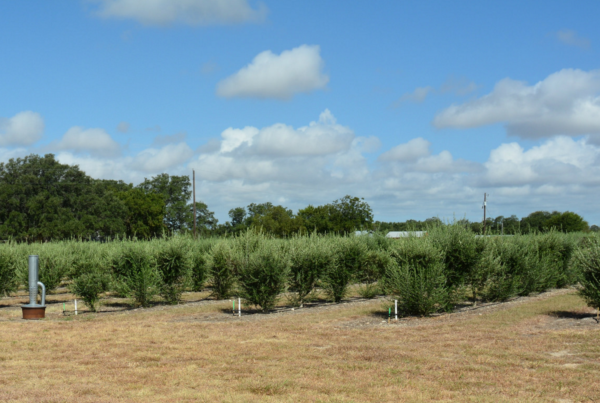From KUT:
Dara Satterfield has a unique way of looking at Monarch butterflies. She thinks of them as “tiny camels.”
“They store up energy to help them through these harsh conditions for a couple months,” says Satterfield, a James Smithson Fellow at the National Zoo in Washington DC. “Flowers in Texas, particularly, fuel monarchs through their winter.”
As monarch populations have declined, it’s become popular for people to plant flowers like milkweed in their yards, which encourages them to reproduce.
But, recent research shows that some of the stuff we’ve been planting may be bad for the monarchs.
“That was a hard lesson to learn,” says Satterfield, who worked on some of the research.
The main problem comes from planting the wrong milkweed.
Much of the milkweed that is sold commercially is non-native “tropical” milkweed. These non-native plants are generally not synced up with the seasonal changes of their new environments. They can survive later into the winter.
So, the monarchs stop at the plants and don’t keep migrating.
If the monarchs don’t migrate, they can become more susceptible to disease or even die in the winter cold.
A second problem comes from insecticides, says Andrea DeLong-Amaya, the director of horticulture at the Lady Bird Johnson Wildflower Center.
She says if your milkweed or flower has been treated with an insecticide known as a “neonicotinoid” you could be killing the very butterflies you’re trying to help.
“When the caterpillars eat them they get poisoned, but also it could be transferred into the nectar,” she says. “So, when the pollinators eat them, they could get poisoned.”
Experts hope the news doesn’t discourage people from planting for monarchs.
Satterfield says all you need to do is follow one simple rule when you go to the nursery: Ask for native species and ask for them to be pesticide free.
“Texans have this enviable opportunity to witness the monarch migration and to support it.” “she says, “Monarchs depend on habitats in Texas probably more than any other single state.”
If you live in Central Texas, the Wildflower Center has launched a program to make monarch-friendly plants more easily available.
















